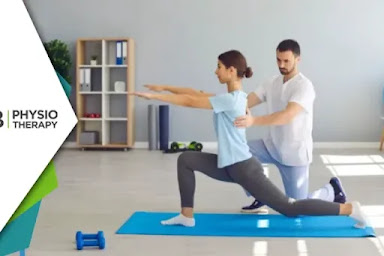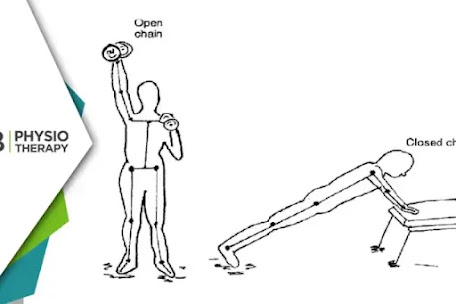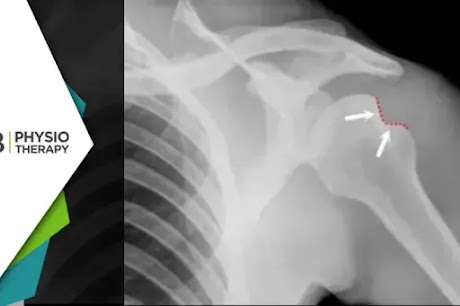Isometric exercises have gained significant recognition in the world of physiotherapy for their efficacy in building strength. Unlike dynamic exercises that involve movement, isometric exercises involve muscle contraction without any change in the length of the muscle or the angle of the joint. These exercises, often overlooked, are particularly beneficial in situations where traditional dynamic strength training may not be ideal due to injury, pain, or rehabilitation needs. In this blog, we will explore how physiotherapy isometric exercises are a great way to build strength and why they are integral in recovery and injury prevention protocols.
Understanding Isometric Exercises
Before diving into the benefits, let’s first understand what isometric exercises are. In an isometric exercise, the muscle contracts without visibly changing its length. This means that even though you’re exerting force, there is no joint movement. A classic example of an isometric exercise is the plank, where your muscles engage to hold a position without actually moving.
There are two types of isometric exercises:
1: Isometric Contractions: These involve exerting maximum effort. For example, pressing against an immovable object with full force.
2: Submaximal Isometric Contractions: These involve holding a position against some resistance but without maximal effort, such as holding a dumbbell in a fixed position.
The Science Behind Strength Building
To understand how isometric exercises build strength, it’s important to grasp how muscle contraction leads to strength gains. Muscle fibers are made up of proteins called actin and myosin, which work together to generate force. When muscles contract isometrically, these proteins remain engaged, leading to muscle tension. This tension strengthens muscles over time, especially when the exercises are performed consistently and progressively.
Isometric exercises improve both muscular endurance and strength by stimulating slow-twitch muscle fibers. These fibers are more resistant to fatigue and can sustain prolonged contractions, which is essential for activities requiring endurance, such as posture maintenance and injury recovery.
Benefits of Isometric Exercises for Strength Building
1. Joint Protection and Injury Prevention
One of the primary reasons isometric exercises are used in physiotherapy is their low-impact nature. Unlike traditional strength exercises that require full-range movement, isometric exercises allow the muscles to contract without causing excessive stress on the joints. This is especially beneficial for individuals recovering from injuries such as ligament tears, fractures, or osteoarthritis, where joint movement is limited.
2. Strengthening Specific Muscle Groups
Isometric exercises allow for targeted muscle strengthening. For example, in patients recovering from knee surgery, exercises like wall sits can help strengthen the quadriceps without putting undue strain on the knee joint. This makes isometric exercises particularly effective for strengthening muscles in specific areas that may be weak or in need of rehabilitation.
3. Increased Muscle Endurance
Muscle endurance refers to the ability of a muscle to sustain a contraction for an extended period. Isometric exercises are particularly effective at building endurance because they require muscles to maintain tension over a period of time. Holding positions such as a plank or wall sit for longer durations challenges the muscle fibers, enhancing their ability to sustain effort.
4. Pain Reduction and Safe Strength Training
Isometric exercises are often recommended in rehabilitation because they can help to alleviate pain while simultaneously building strength. This is particularly true in cases of tendinitis or muscle strains, where movement-based exercises might aggravate the injury. Since isometric exercises don’t involve joint movement, they can be performed without triggering the pain that often accompanies dynamic exercises.
5. Improvement of Muscle Activation
Another key benefit of isometric exercises is their ability to improve muscle activation. When muscles are held in a contracted state, more muscle fibers are recruited to sustain the contraction. Over time, this increased activation leads to greater strength gains as more fibers are engaged during other types of exercise and daily activities.
6. Convenience and Accessibility
One of the most appealing aspects of isometric exercises is that they can be done anywhere, with little to no equipment. Simple exercises such as planks, wall sits, and static lunges can be performed using body weight alone. This makes isometric exercises accessible to a wide range of people, from those undergoing rehabilitation to elite athletes looking to supplement their training routines.
Incorporating Isometric Exercises into Your Routine If you’re looking to incorporate isometric exercises into your routine, it’s important to work with a physiotherapist to determine the most appropriate exercises for your needs and goals. They can help you to progress safely and ensure that you’re using the correct technique to avoid injury.
A general guideline for isometric exercises is to hold the contraction for 10–30 seconds and repeat for several sets. As your strength improves, you can gradually increase the hold time or add resistance to make the exercise more challenging.
By incorporating isometric exercises into your strength training or rehabilitation program, you can enhance muscle activation, reduce pain, and build functional strength to support your everyday activities.





